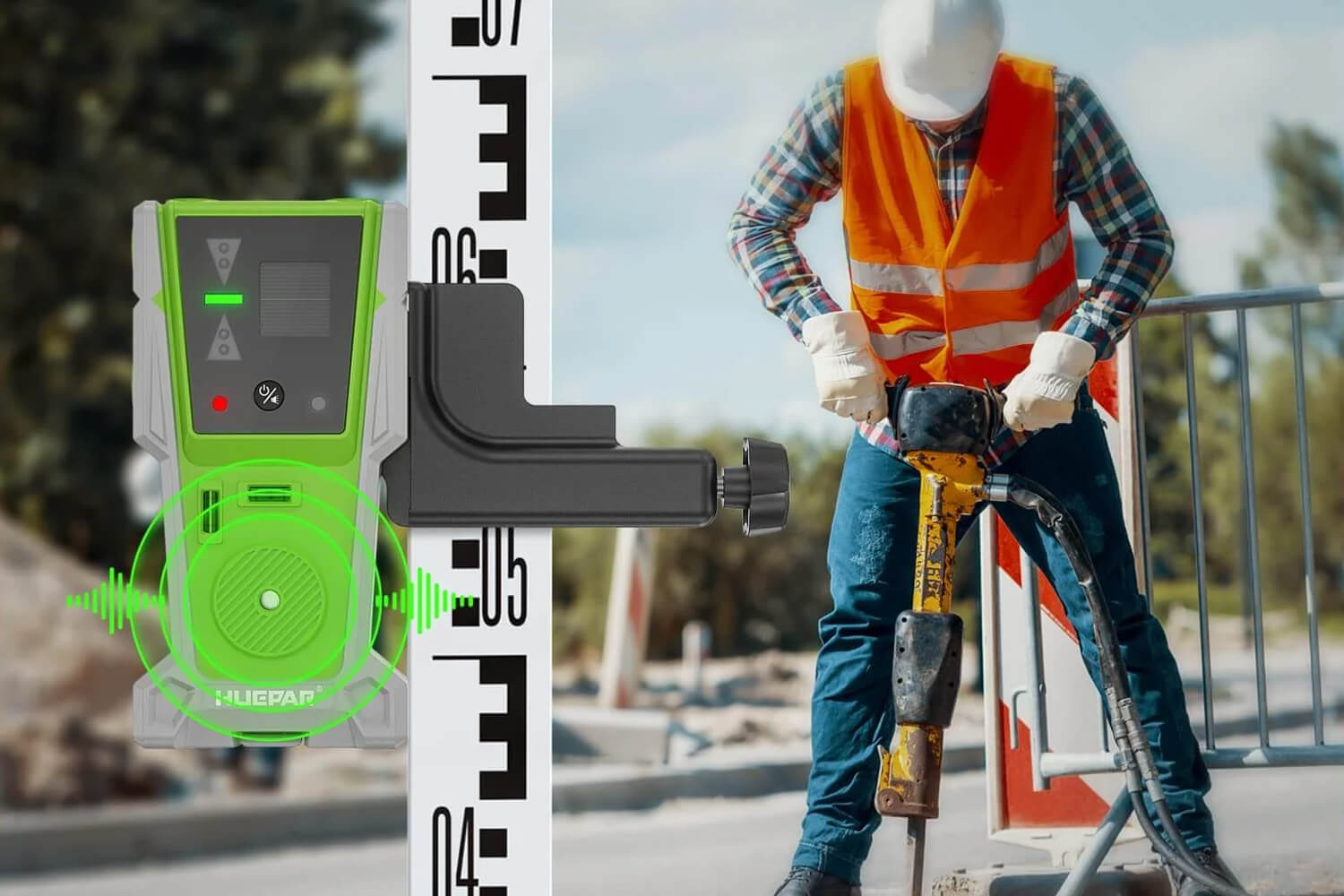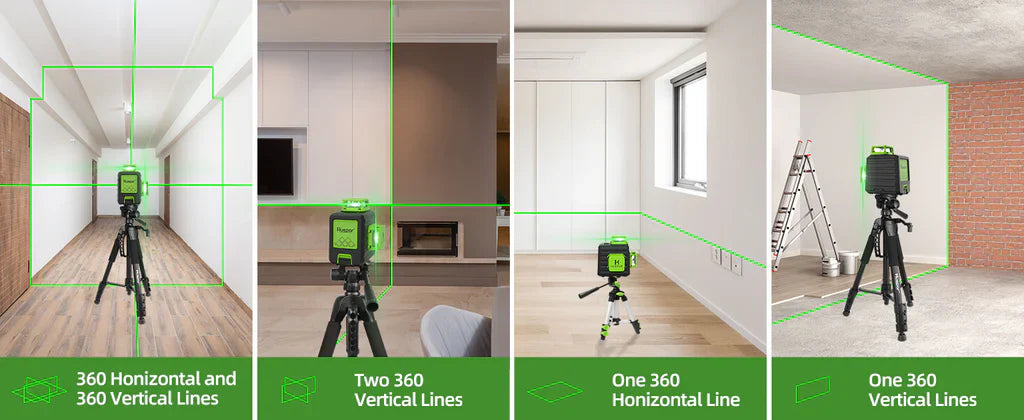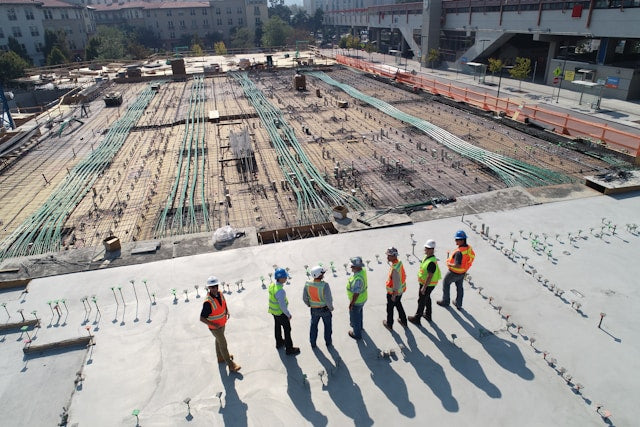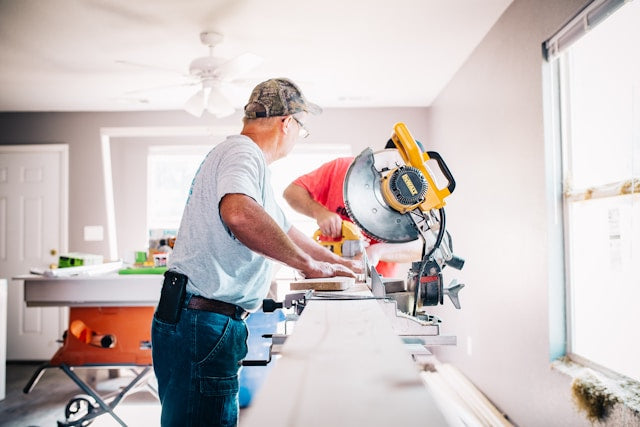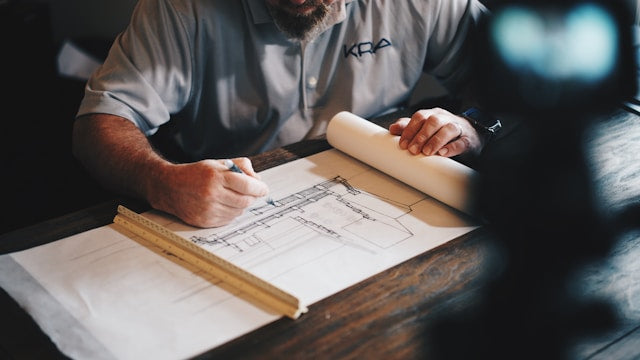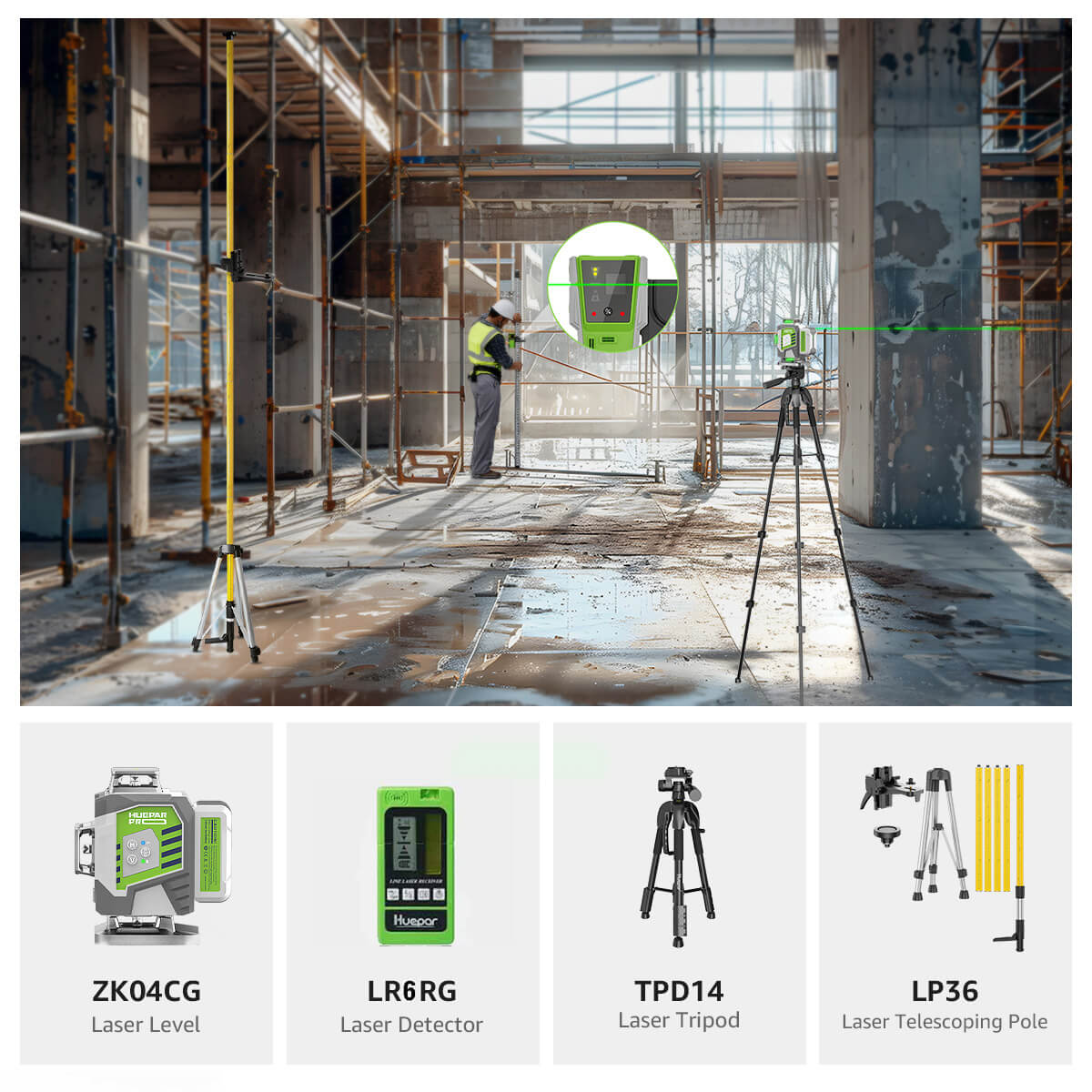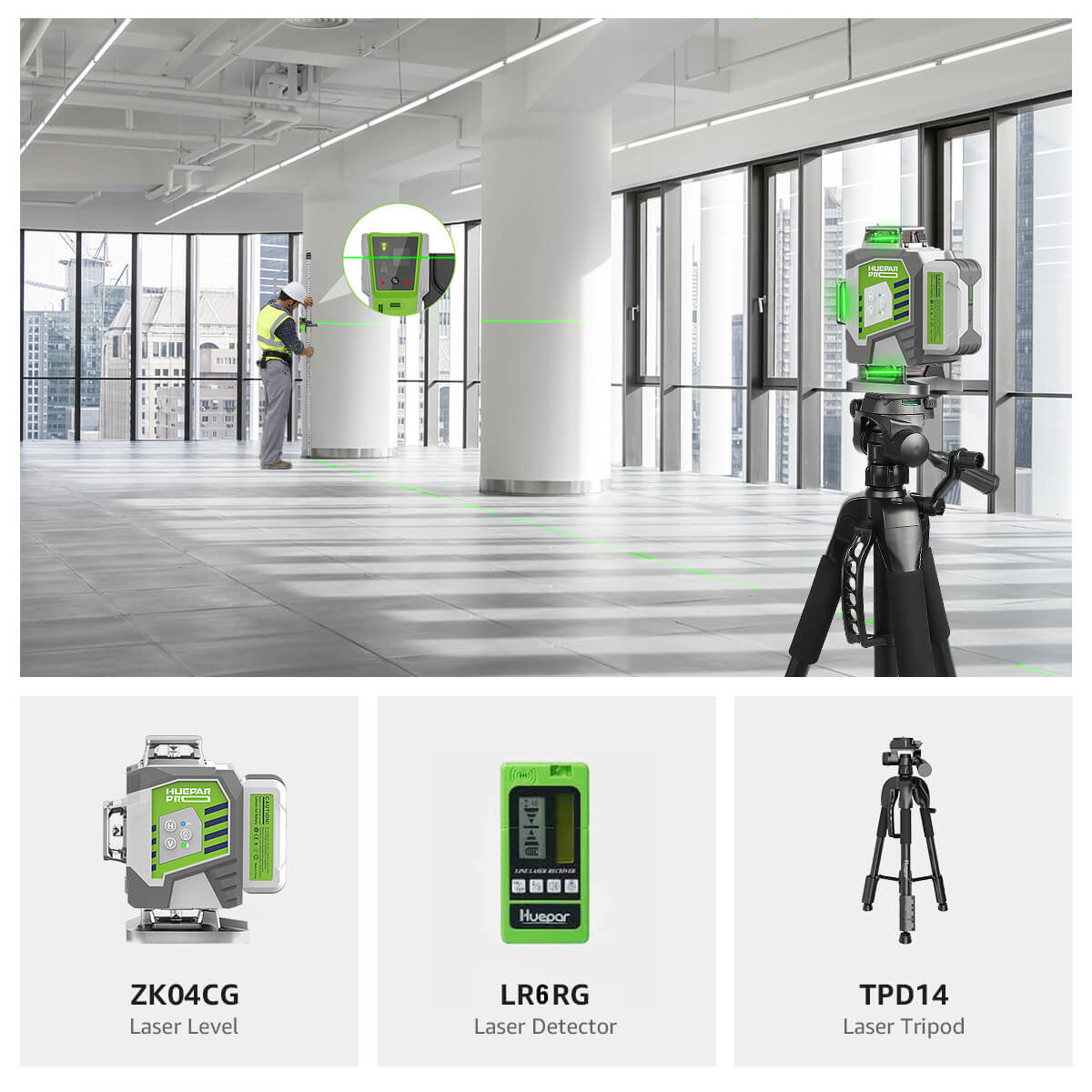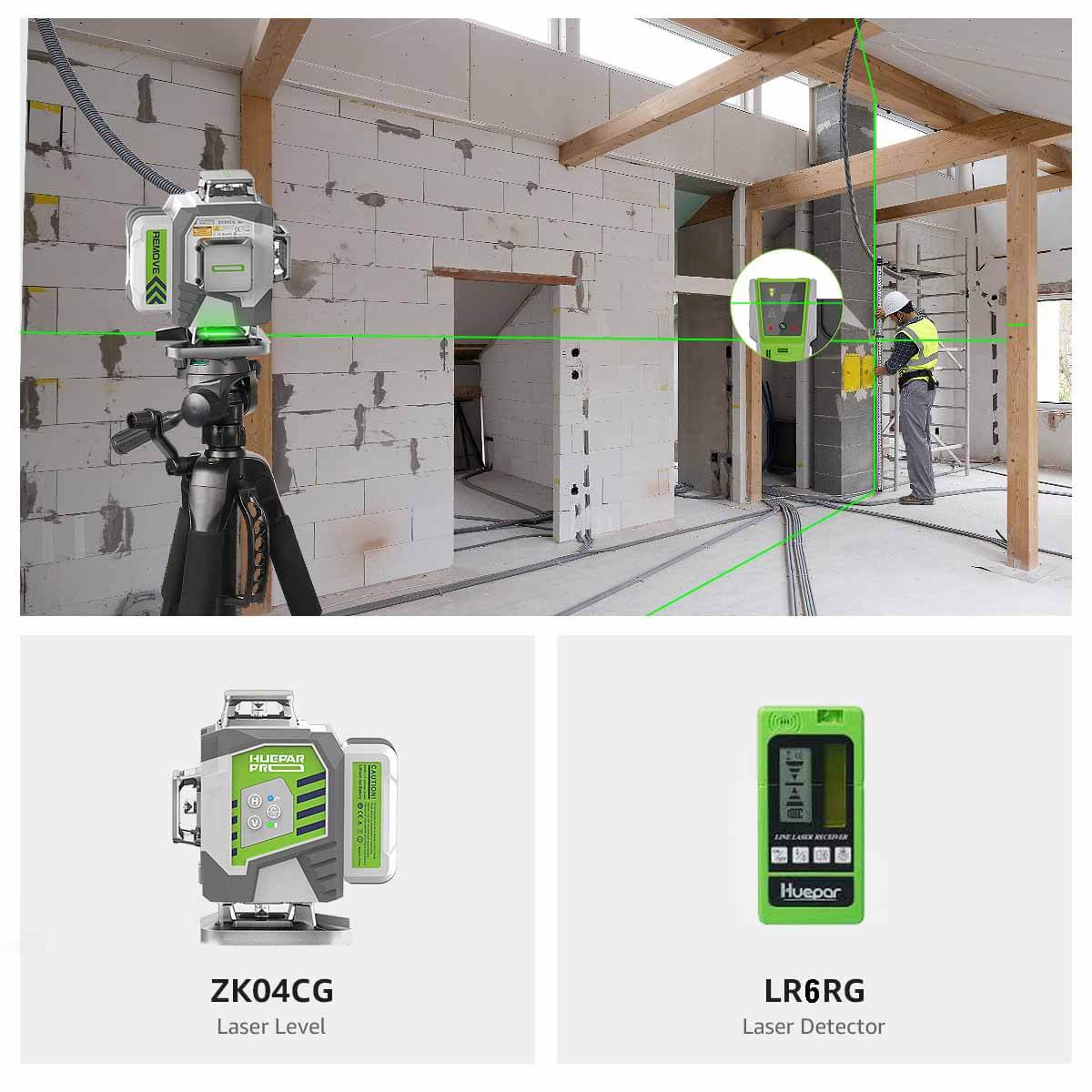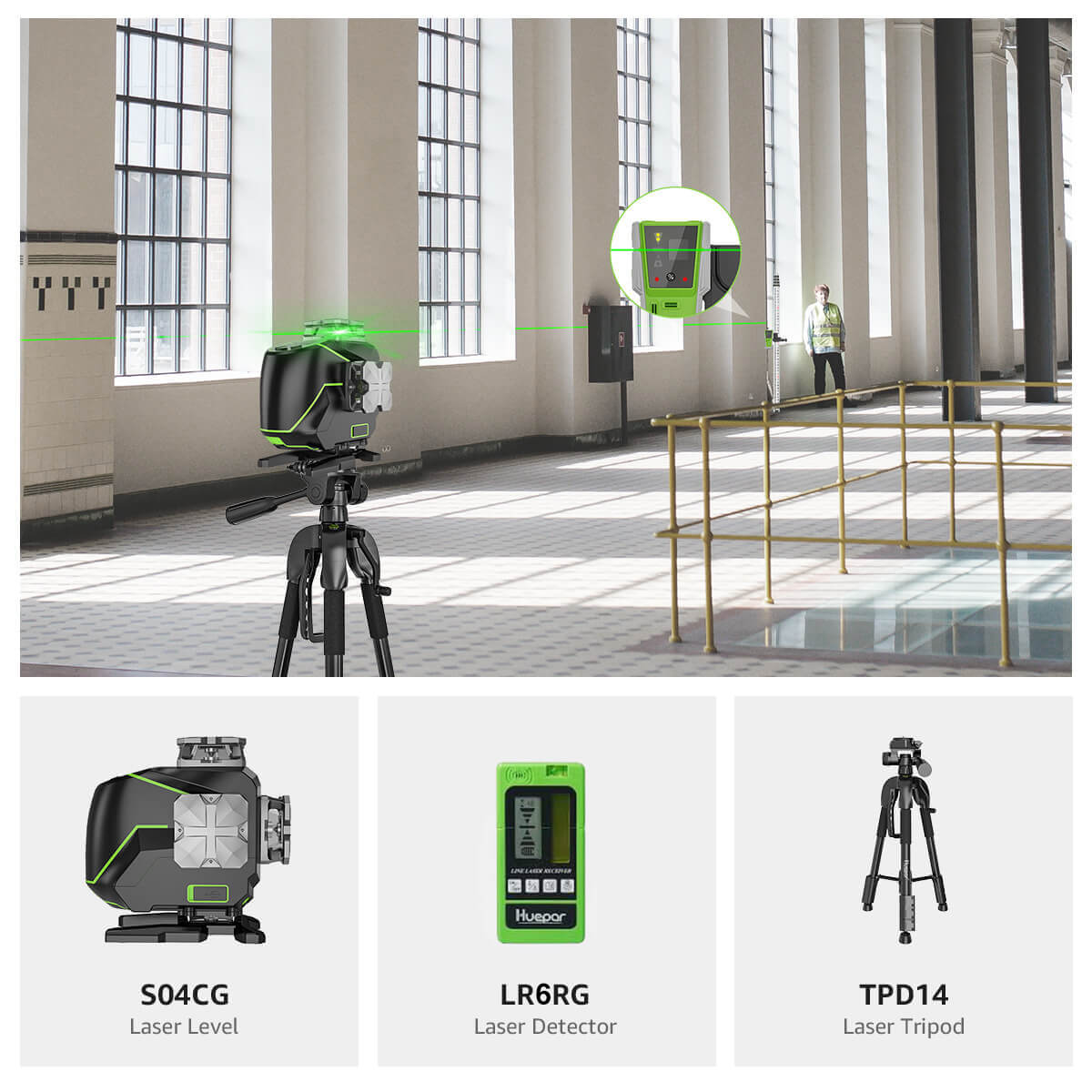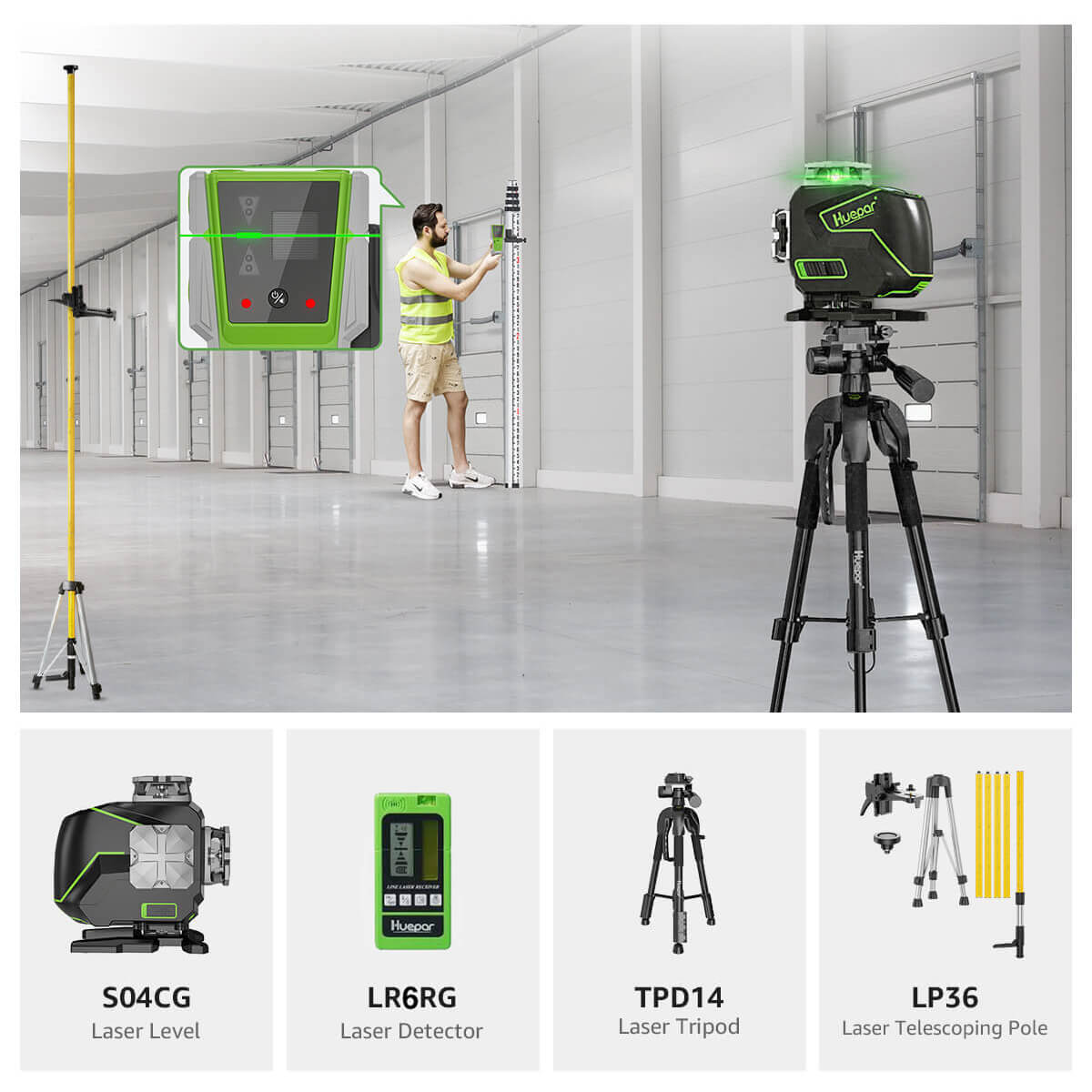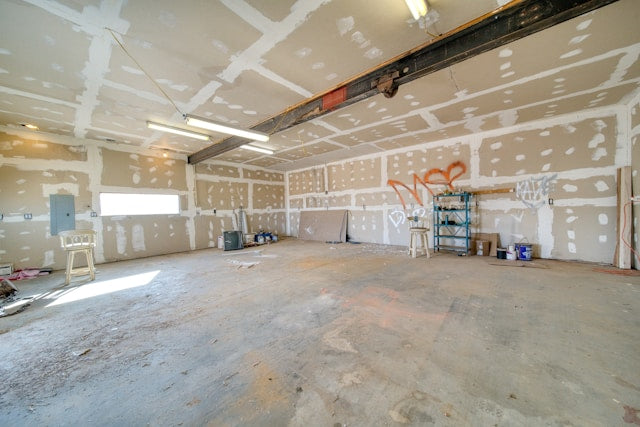
What is the difference between drywall and plaster?
What is Plaster?
Plaster is a highly adaptable material that is composed mainly of gypsum, water, and additives of lime or sand. Plaster has been used in buildings for centuries to create smooth, hard interior finishes to walls. The application of plaster walls is a three-stage process called the "three-coat system."

First, lath strips of wood, metal, or specialist plasterboard are installed over a framing of a wall to give a surface to bond to for the plaster. The initial coat, or a "scratch coat," is applied to lath using a trowel to generate a rough texture for maximum bond strength. Next is applied a "brown coat" of higher thickness that provides most of a wall's thickness and strength. The "finish coat" or "skim coat" is a thin, smooth application used to generate a smooth, glossy finish to a wall.
One of the most important pluses of having plaster walls is that it is a wonderful insulator of sound. The solid, monolithic nature of a plastered wall is excellent at blocking the transfer of noise, making it a wonderful option for homeowners looking to get a more quiet home.
Plaster is also extremely fire-resistant thanks to its high water content, adding a safety bonus to a house.
The other primary strength of plaster is that it is strong and resilient when applied correctly. Compared to drywall, that is highly susceptable to dents and cracks, a correctly applied plastered wall is resistant to buckle or crack, making it a resilient, hard surface.
The application of plaster is, however, time-consuming and requires skilled labor to apply correctly. In addition, buildings move over time, causing cracks to materialize in a plastered wall that need regular maintenance and upkeep.
What is Veneer Plaster?
Veneer plaster is a finishing product for walls that achieves old-world appearances of plaster without resort to a more time-consuming or more labor-intensive installation process. Essentially a composite of a plaster system and a drywall system, it is a system that keeps aspects of each.
The installation process of a veneer plaster system typically includes one or two thin applications of high-quality plaster to a moisture-resistant gypsum board, or "blue board." The board is utilized to give a solid support to the plaster, eliminating lath and scratch coat layers in a full-thickness application of plaster.
Speed of installation is one of the primary advantages of using a veneer plaster system. Because it is applied in fewer applications and avoids lath, installation is accomplished in a fraction of old-style work in plaster time. This not only saves time, it also saves on labor, making it a more budget-friendly option to many homeowners and construction professionals.
An added advantage of using a veneer plaster is that it is highly adaptable. The product is applicable in new construction or remodels, and it is convertible to a wide range of applications, such as walls, ceilings, or even curvatures. The plastery surface can be color-tinted to allow a wide range of colors and textures to provide a high degree of design flexibility to accommodate desired aesthetic.
As to material, a veneer plaster is typically a gypsum-based plaster that is combined with water and additives, such as lime or polymer modifiers, to allow better workability and to provide such added properties as adhesion or resistance to cracking.
Overall, veneer plaster is a convincing middle ground between old-time elegance of plaster and convenience and affordability of drywall, making it a winning choice for anyone looking for a combination of style and practicality in finishing walls.
What is Drywall?
Drywall, or gypsum board or plasterboard, is a construction material widely used for interior walls and ceilings. The material is a gypsum core between two thick wraps of paper. The gypsum core is a mixture of gypsum, clay additives of clay and mica, and other ingredients that enhance its properties.

The installation process of drywall is easy to undertake. The panels of drywall are cut to size and nailed or screwed to framing of a wall using drywall screws or nails. The joints of panels are taped over using joint compound (drywall mud) and paper or mesh tape. The joint compound is allowed to harden, after which the surface is sanded smooth, and the wall is in a condition to be painted or otherwise completed.
One of the most attractive advantages of using drywall is its low cost and installation time compared to old-time plaster. The panels of drywall are of a light weight and easy to manage, making installation relatively quick and easy. The aspect of this permits lower charges of labor and quick completion of a job.
Furthermore, drywall is fire resistant and also minimizes conduction of noise between rooms. The gypsum core is a natural fire retarding material, and construction in layers minimizes conduction of sound between rooms.
However, drywall is not without its drawbacks. It is also vulnerable to water damage and can be hit with mold when it is exposed to large amounts of moisture over a period of time. Proper waterproofing is a necessity in high use areas such as kitchens and bathrooms. The other issue is that of nail or screw pops, in which fasteners migrate beyond framing, causing ugly lumps on the face of the wall.
Plaster vs. Drywall: Which is Better?
The decision to use plaster or drywall in interior walls is founded on a myriad of different variables. Plaster is a more antiquated material that is superior when it comes to soundproofing, fire resistance, and durability. Plaster is also more time-consuming and more labor-intensive to apply, making it more costly.

Drywall is a newer product that is more affordable. It is a quick installation that is easy to carry out, making it a favorite of many homeowners and contracting professionals. Drywall is not such a great product when it comes to soundproofing or fireproof material as plaster, though it is a fireproof material that minimizes transfer of noise.
For aesthetic purposes, plaster is a more classic, smooth-looking product, whereas drywall is more visible in that it has joints and seams that easily can be viewed. However, using finishing methods correctly, you can produce a smooth, pleasing face using drywall.
The resistance to moisture is also a determining factor to be considered. Plaster is more resistant to moisture than regular drywall, which is susceptible to water damage and mold when it is not correctly sealed and maintained.
Ultimately, the application of plaster or drywall would be a decision that is a function of your particular needs, budget, and preferences. If you require more soundproofing, fire resistance, and durability, and you can handle a more time-intensive installation process, you would be better to use plaster. If you would prefer a more affordable, quick installation process, you can use drywall, even if you must give up a little of the advantages that would be provided in using plaster.
Factors to Consider When Choosing Wall Material
Choosing to use plaster or drywall in interior walls is a deliberation that requires a multitude of determining considerations:
Budget: Drywall is generally more budget-friendly compared to plaster, in that it is a more affordable material that is installed more expediently using fewer skilled laborers.
Timeline: Installation of drywall is a significantly faster process compared to plaster, making it a determining concern for time-sensitive construction projects. Plaster must be installed in multiple applications with time in between each application.
Preferred Appearance: Plaster is more smooth, more even in texture with a classic, sophisticated aesthetic feel. Drywall can be given a similar aesthetic using added finishing work, though it won't be the same as that of plaster.
Sound Insulation Requirements: Plaster walls are more thick, more heavy, providing better soundproofing compared to standard installation of drywall. This is a determining concern in homes that must suppress sound.
Fire Resistance Requirements: Both plaster and drywall provide fire resistance, though plaster would be slightly more fireproof in nature due to its higher weight, more moisture content.
Risk of Moisture Exposure: Drywall is more likely to be harmed by exposure to water and potential mold over time. Plaster is a better option in areas of high exposure to humidity or moisture.
Ease of Future Alterations: Drywall is also easier to work or fix when you need to carry out future alterations. Fixing plaster is more labor-intensive and requires more skilled work to achieve a similar finish.
The application of plaster or drywall, in total, will be a function of your specific project requirements, budget, and tastes. Serious consideration of these aspects will guide you to a material that is best for you.
